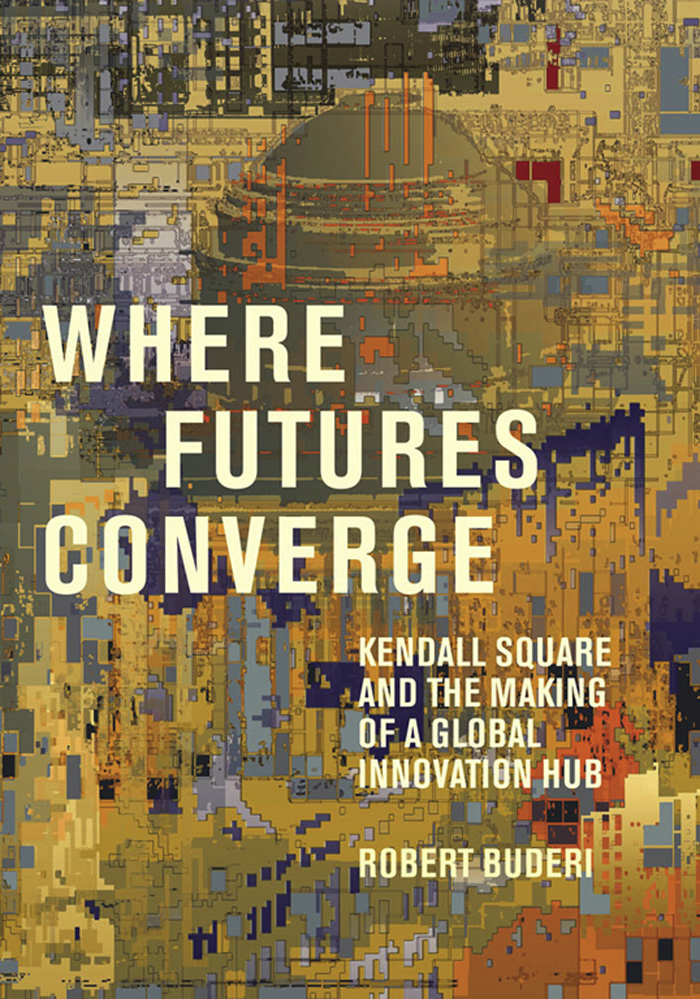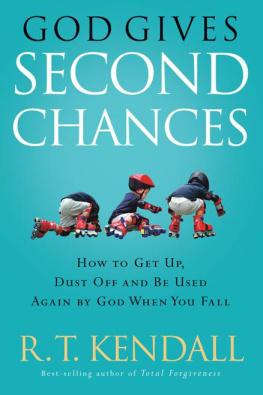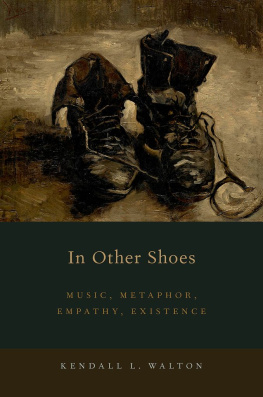
Where Futures Converge
Where Futures Converge
Kendall Square and the Making of a Global Innovation Hub
Robert Buderi
The MIT Press
Cambridge, Massachusetts
London, England
2022 Robert Buderi
All rights reserved. No part of this book may be reproduced in any form by any electronic or mechanical means (including photocopying, recording, or information storage and retrieval) without permission in writing from the publisher.
The MIT Press would like to thank the anonymous peer reviewers who provided comments on drafts of this book. The generous work of academic experts is essential for establishing the authority and quality of our publications. We acknowledge with gratitude the contributions of these otherwise uncredited readers.
This book was set in Minion Pro and Neue Haas Grotesk by New Best-set Typesetters Ltd.
The author acknowledges with gratitude the support of the Alfred P. Sloan Foundation in the research and writing of this book.
Library of Congress Cataloging-in-Publication Data
Names: Buderi, Robert, author.
Title: Where futures converge : Kendall Square and the making of a global innovation hub / Robert Buderi.
Description: Cambridge, Massachusetts : The MIT Press, [2022] | Includes bibliographical references and index.
Identifiers: LCCN 2021019874 | ISBN 9780262046510 (hardcover)
Subjects: LCSH: Economic developmentMassachusettsCambridge. | Enterprise zonesMassachusettsCambridge. | Research parksMassachusettsCambridge. | Biotechnology industriesMassachusettsCambridge. | Technological innovationsMassachusettsCambridge.
Classification: LCC HC108.C19 B83 2022 | DDC 330.9744/4dc23
LC record available at https://lccn.loc.gov/2021019874
10987654321
d_r0
To the friends, colleagues, and supporters who made Xconomy possible. A heartfelt thank you to all!
Contents
Introduction 1.0, or Preface
The Kendall Theory of Biogeography
Kendall Square is arguably the worlds greatest and densest innovation hub, an enormously complex ecosystem of people, ideas, companies, offices, and laboratories. So what better way to dive into the story of Kendall Square than to talk to one of the worlds greatest experts on biological ecosystems?
That was my thinking almost as soon as Victor (Vic) McElheny, a compendium of knowledge who used to run the Knight Science Journalism program at the Massachusetts Institute of Technology (MIT), mentioned that he regularly saw Ed Wilson at the assisted living community they both called home in nearby Lexington, Massachusetts. I say almost as soon because it took me a few seconds to work out that Ed was the scientist far more widely known as E. O. Wilson.
Wilson, a professor emeritus at Harvard University and two-time winner of the Pulitzer Prize, was one of my heroes. I got to know him briefly when I was a fellow at MIT in the mid-1980s, and even have a signed copy of one of his first twenty-three books, Biophilia, on my shelf. He was probably the foremost expert on ants ever, and he and Princeton scientist Robert MacArthur developed the theory of island biogeography to explain how ecosystems develop and are sustained on islandsproposing that the number of species an island holds is a function of the rate at which established species grow extinct and new species colonize it.
This sounds a lot like the innovation ecosystem of Kendall Square, where startups come and go, some growing to giants, others finding their niche or providing fodder for the next business species. You can see why I thought it might be interesting to sit down with Wilson and perhaps get some fresh insights into ways to approach my topic. Vic set up a date for lunch in their facilitys community dining room.
Wilson, then approaching his ninetieth birthday (he passed away in December 2021, at 92), was putting the finishing touches on his twenty-fourth book. He also had been getting an increasing number of requests to speak to business audiences about his work. They want to know if they can use biological success stories in principles that allow them to improve the success of their own enterprises, he explained.
In fact, he said, there are biological analogs to innovation ecosystems like Kendall Square. Consider the Matabele ant, named after a fierce warrior tribe of southern Africa. This ant has evolved specifically to kill and eat termites. Matabele ants, as Wilson described them, almost poetically, have these heavy, helmet-like heads, very heavily armored. They have sharp needle-like mandibles. Theyre good fighters. The ants swarm onto termite mounds, and pretty soon the surface around the termite nest, and into it, is littered with the battle blood of termite soldiers. The ants then carry the bodies of the termite soldiers to their home. They specialize on eating the dead from the battlefield, Wilson related.
I could easily see parallels to todays business world, and I wondered who the Matabele antsand termitesof Kendall Square might be.
Wilsons more important point, though, was that the key property of ecosystems is sustainability. Theyve been able to exist long periods of time without going extinct, he said. Species are able to come together in ways that have a mutually positive result. For example, that could include predators that keep down the prey species in sustainable numbers so the prey species dont wipe out their food.
But sustainability doesnt necessarily mean stability. On the contrary, Wilson pointed out, ecosystems are almost constantly changing. Species go extinct and new species arrive and evolve. The outside world brings cataclysmic events like earthquakes, pandemics, the crash of continental plates, or the waxing and waning of ice ages.
To me, that picture of ecosystems in the wild was fascinatingly similar to the story of Kendall Square. As you will read, the square was booming in the early 1900s, leading the country and even the world in soap-making, confectionary, printing and publishing, road-building technology, high-tech rubber, and much more. But a mere few decades later, virtually all of those once-dominant leaders were gone. Similarly, in the 1980s, Kendall Square was hailed for its AI Alley, where a slew of startups out of MIT were supposedly blazing the way to a very bright and smart future in artificial intelligence, only to go almost entirely extinct within a decade.
How and why did this innovation ecosystem change so rapidly? The many threads to this story include companies displaced by upstart innovators with better technology or business models and companies forced to move because land or labor were more affordable or available elsewhere. Others may have been ahead of their times or doomed by strategic and management mistakes.
Today, biotechnology dominates Kendall Square. But that too could change. Firms could move out of town to hold the line on costs now that Kendall Square real estate is among the most expensive in the world. Another global downturn or other disaster could drive many out of business in a kind of mass extinction event (I wrote this sentence well before COVID-19 swept the world and seemed to increase the value of biotechnology companiesbut the pandemic nevertheless illustrates the point). Its also possible to imagine someone inventing a radically new way to discover drugs that makes todays approach obsolete, that emerging fields will somehow transcend todays firms, or that a backlash against drug prices will upend the business models of companies in Kendall Square. In some later chapters, Ive included insights from an array of leaders in different fields who try to look ahead to what might drive the Kendall Square ecosystem twenty-five to fifty years from now. Not all of the possibilities involve biotech.
Next page













